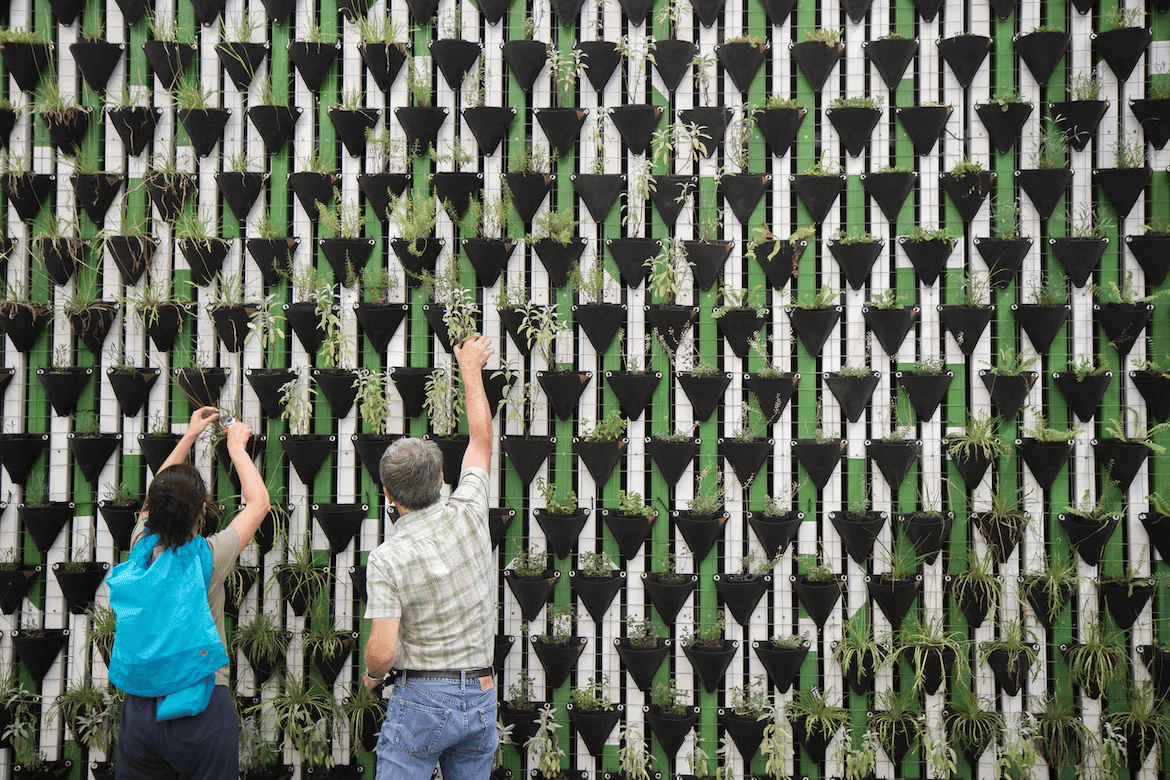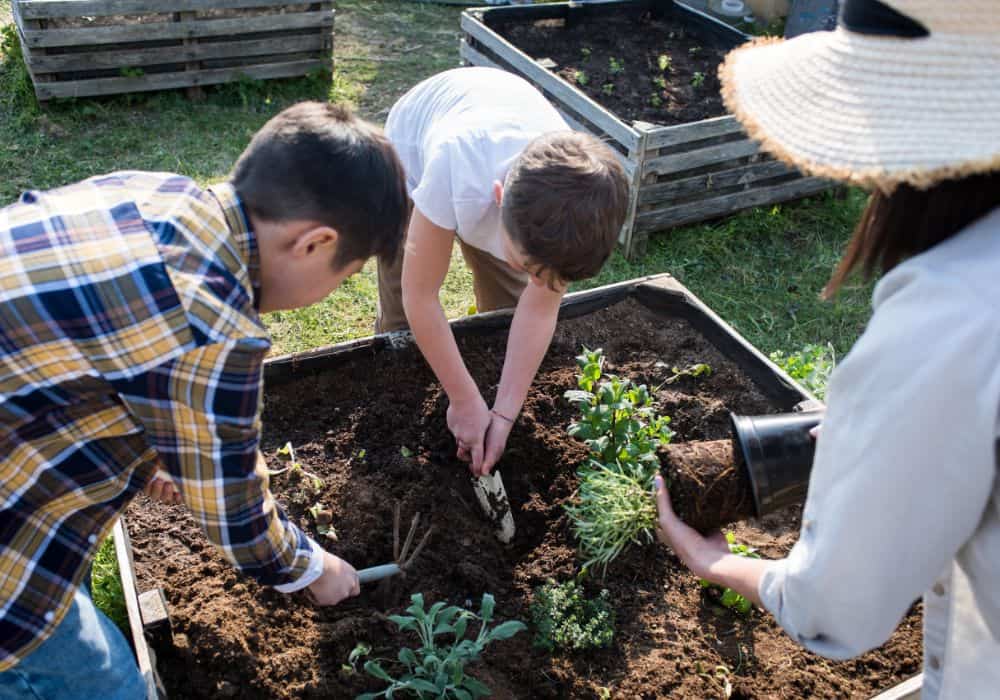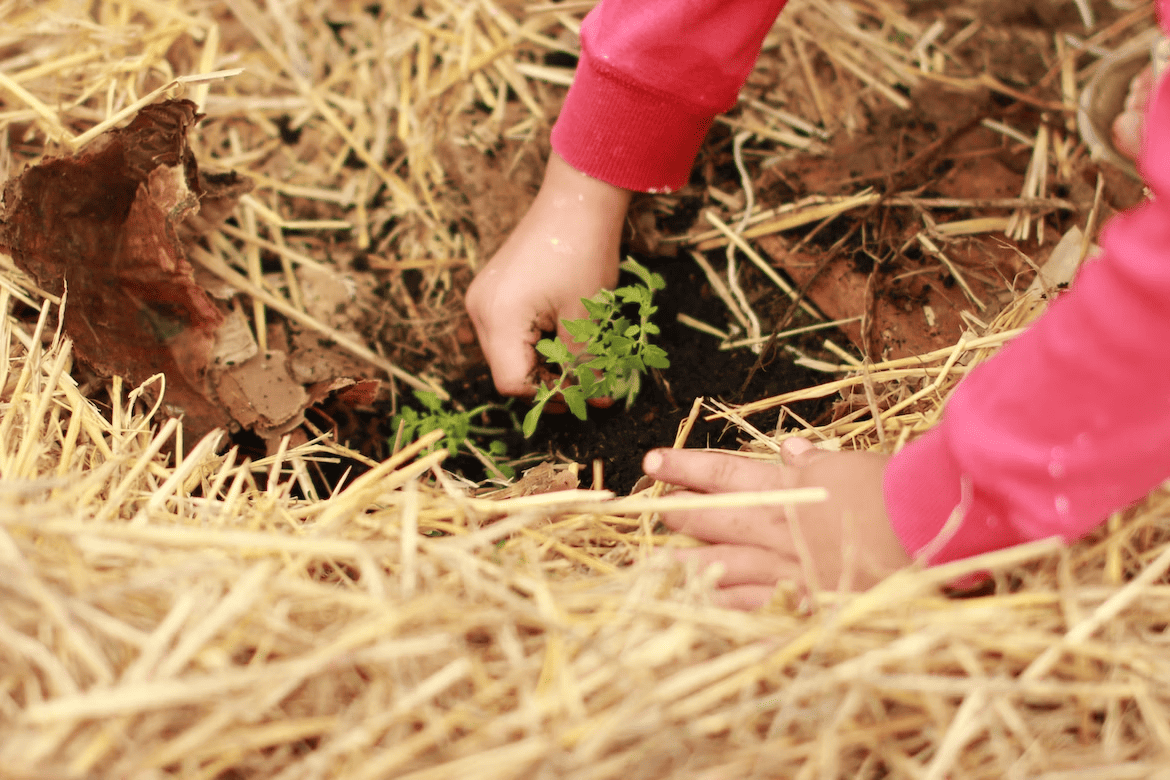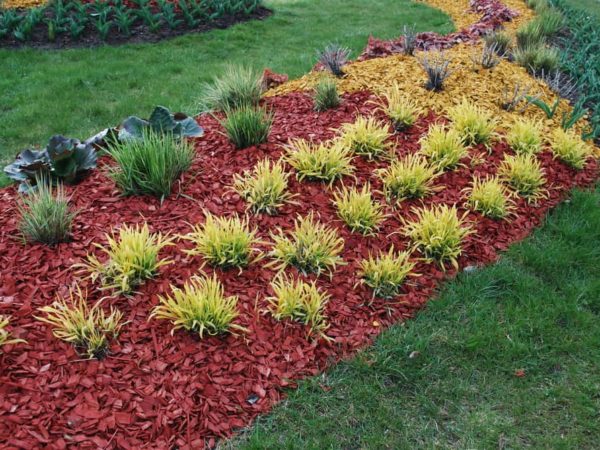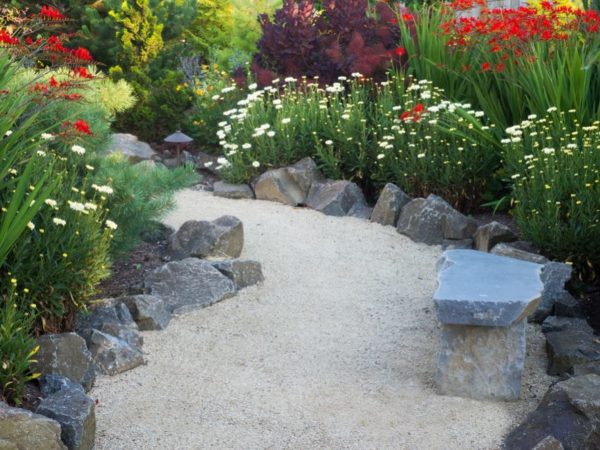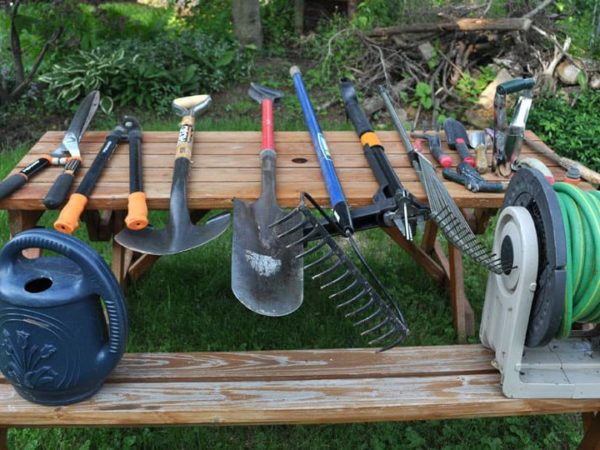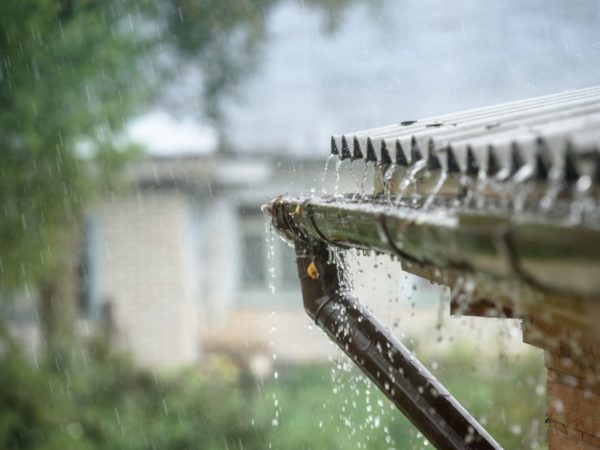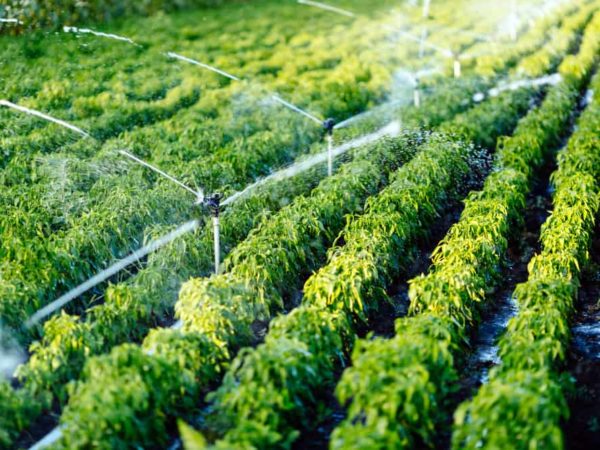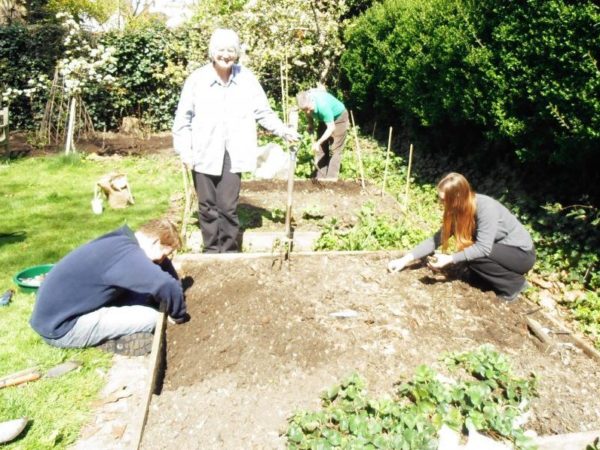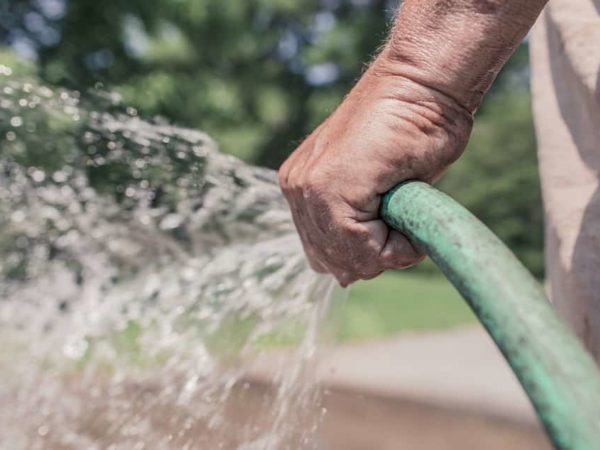By following crucial feasible cultivating standards, we will make terrace, homegrown, carbon-sequestering, and economical nourishment frameworks that feed both our families and the planet. But what precisely does economic cultivating cruel? And why is it vital to plant not as it were for ourselves but too for the environment?
So, put on your eco-friendly cultivating gloves, and let’s dig into it together! What does maintainable cruel in planting? Let’s begin by looking at the Merriam-Webster definition of ‘sustainable’: “Of, relating to, or being a strategy of harvesting or employing an asset so that the asset isn’t exhausted or forever damaged.” Interests are sufficient, it doesn’t require any changes to get to a fundamental definition of maintainable planting. Based on that thought, feasible planting strategies are those that develop plant life competent of feeding us, natural life, and advantageous creepy crawlies without hurting the planet, contaminating the air, or poisoning water sources.
Sustainable Practices for Eco-Conscious Gardeners
1. Go natural
Choosing natural strategies could be a key component of practicing maintainable planting. It’s not as if it were way better for the environment to diminish chemical utilization in your cultivate, but it can too offer assistance to spare you cash. On the off chance that you’re developing nourishment for your family, picking natural cultivating gets to be indeed more significant. Start by focusing on supporting sound soil that’s wealthy in supplements and consolidating characteristic compost to move forward its quality. In the event that you experience any creepy crawly bugs or plant infections in your cultivation, address them utilizing natural arrangements.
2. Offer assistance to pollinators
Pollinators are in require of help. The diminish in bees, butterflies, and other creepy crawlies going by our gardens is generally due to the misfortune of their common living spaces. Which is the most excellent example of a feasible hone that may be utilized in cultivation? By developing a differing run of plants, we can play a part in abating and turning around the decrease of pollinators. A keen approach is to select neighborhood, near-native, and indeed extraordinary plants for your plant that pull in pollinators. Not exceptionally great with sees? Not an issue, since there’s a plant identifier app. This app for plants is able to right away distinguish any species from a photo or portrayal. This app for iPhone has other benefits, counting care tips. All you have got to do is download here on your iPhone and log in. This plant app is valuable for both experienced nursery workers and tenderfoots.
3. Preserve water
Amid the searing late summer when plants have depleted all the groundwater, efficiently managing this sought-after asset gets to be vital, and progressed arranging is the key. It is evaluated that your house roof alone can collect over 5000 gallons (24,000 liters) of water each year, especially amid the winter season. Additionally, water can be assembled from your carport and shed with fair the establishment of guttering and a downpipe. So, do not hold up until the summer arrives; introduce a water butt in advance, when rain is anticipated the foremost. By putting away it in the butt, you can utilize it in July and Eminent, which are the months when plants require water foremost and when water companies battle to meet the tall request.
4. Dispose of chemical utilize
At whatever point you experience issues with bothers or illnesses in your plant, there’s a gigantic enterprise holding up to benefit gigantically from your pickle. These chemical arrangements are promptly accessible and offer a plethora of options that really work. Be that as it may, the cost we pay extends beyond fair our wallets. We discover ourselves drawn to these chemical cures due to their openness and fast coming about. Tragically, numerous of these substances moreover harm our soil, conduits, natural life, and crops. It’s pivotal for us to move our mentality when it comes to dealing with bothers, invasions, and maladies. Selecting for speedy fixes isn’t continuously the most excellent choice, as the long-term results are fair as noteworthy as the short-term benefits.
5. Mulch your scene
Mulching isn’t a fairly fabulous strategy to avoid those troublesome weeds from attacking your garden, but it too helps in holding soil dampness. This can be particularly vital in districts with water restrictions. Basically include a layer of your preferred mulch, around 2 to 3 inches thick, to your plant beds and around your scene plants. Economical mulching alternatives contain destroyed bark, cocoa bean bodies, pine needles, grass clippings, and coir, which are created from coconut frames.
6. Make a compost heap
Compost heaps are lovely astonishing! They take materials that would regularly conclusion up in the landfill and mystically change them into nutrient-dense goodies that our gardens completely worship. It’s not around decreasing squander; compost heaps moreover work their enchantment by restoring tired soil. They essentially turn squander into unadulterated gold, profiting us all! When we’re cultivating and developing veggies and blossoms, these small plants suck up all the supplements from the soil, clearing out it exhausted over time. Tragically, the soil doesn’t normally renew itself quickly sufficiently, especially since cultivating includes strong supplement evacuation all at once. That’s where compost, also known as “black gold”, comes to the protect. It’s a straightforward and cheap way to revitalize the soil and keep growing like a champ within the same spots. It’s like giving the soil a refreshing spa treatment!
7. Halt working
The normal working of the soil is one of the most noticeably awful practices for your garden. The no-till approach is gaining popularity and ought to be grasped as soon as conceivable. Working truly devastates the soil, in multiple ways. Working crushes the natural soil structure, coming about in compacted and thick soil that’s troublesome to develop. The sun’s warmth murders basic soil organisms whereas worms endure from the edges of the tiller. Additionally, working diminishes the soil’s capacity to hold dampness, driving too hard outsides on the cultivated surface, excessive water runoff, squandered water system, and disintegration. Separated from hurting microbes and earthworms, working brings weed seeds up from profound underneath the surface, expanding the probability of weeds growing. Unnecessary to say, working as it welcomed more weeds into your plant – something no nursery worker wants!
8. Water Less
Preserving water is significant for maintainability, especially in districts where water is limited. Xeriscaping, a strategy of planting and arranging that minimizes the requirement for watering, involves an assorted cluster of lovely bushes and perennials that can withstand dry spells. To assemble water for your plants, consider installing a rain barrel at the base of one or more downspouts.
9. Reuse & repurpose
Instead of discarding used materials in landfills, it’s worth considering on the off chance that they can be repurposed in the cultivate. Whereas not everything will have a reusable potential, you could be astounded by the number of things that can. For illustration, ancient lumber can be changed into a charming fence or a strong establishment for raised bed cultivation. Moreover, broken or defective bricks can be imaginatively utilized as walkways, edging around plant beds, or indeed as push markers. It’s bewildering what wonderful water basins and fireplaces can be developed utilizing rescued bricks.
10. Refuse peat
Peat is a source of visit struggle between sustainability advocates and conventional cultivators. Shaped through the rot of natural matter in wetlands, it may not be nutrient-rich, but its ability to hold dampness and circulate air through the soil is exceptional. In any case, peat isn’t economical, as its accessibility is constrained, and its collecting annihilates environments and biodiversity, as conservationists rightfully point out.
An amazing 94% of swamp peat lowlands have vanished in the UK, driving to expanded dependence on imports and a significant carbon impression. Recognizing the importance of this issue, the government has committed to eliminating the utilization of peat as a developing medium. Peat-free compost producers have made colossal strides in creating alternatives, such as coir, wood fiber, and composted natural matter, which are now reasonable choices.
11. Plant Native
Non-native species typically require additional water, exertion, and nutrients compared to local species, coming about in higher asset utilization. Picking for local species when creating an economical scene is the best choice. Not as it were do they require fewer assets, but they moreover pull in more local pollinators, advertising them shields and nourishment. This benefits both our vegetable and flower gardens—a win-win circumstance! Local plants are frequently more drought-tolerant, meaning they require less water resources. Moreover, numerous local species flourish in your environment without requiring any extra help.
12. Plant perennials
Long-lasting perennial plants are a phenomenal venture for your plant. Make beyond any doubt to choose perennials that are well-suited to your USDA Zone; this data can more often than not be found on the plant tag. On the off chance that you’re looking to spare a little money, consider acquiring littler perennials, as they will develop and move forward each year. Additionally, you can separate them each few a long time, which not only expands your feasible plant but too gives you the opportunity to share with companions.
Conclusion
It’s beautifully clear that these economic cultivating strategies aren’t as well complicated. Although some might require a small effort to set up, they more often than not spare time and cash in the long run, not to specify the positive impact on the environment. Each gardener’s actions count, and we all got to collaborate to repair and secure our land. Indeed executing fair one or two hones can make a contrast. When it comes to guaranteeing the security and well-being of your family’s nourishment, no effort is as well little.

